5052 aluminum plate and 6061 aluminum plate are two common types of aluminum plates used in various industries. Here are the similarities and differences between these two alloys:
Chemical composition: Raua toopiti atoa ra 5052 e 6061 aluminum plates are aluminum-magnesium alloys, which means they contain magnesium as the main alloying element. Tera râ,, the magnesium content is higher in 5052 aluminum (2.2%-2.8%) than in 6061 aluminum (0.8% -1.2%).
Puai: 6061 aluminum is generally stronger than 5052 aluminum due to its higher tensile strength and higher yield strength. Tera râ,, 5052 aluminum has better fatigue strength and is more flexible, making it a better choice for applications that require re bending and forming.
Te patoiraa i te patoiraa: Raua toopiti atoa ra 5052 e 6061 aluminum plates have good corrosion resistance. Tera râ,, 5052 aluminum has better resistance to marine environments and is often used in marine applications, while 6061 aluminum is more resistant to general corrosion and is often used in structural applications.
Te vai - mâ - raa: Both alloys are weldable using conventional methods, tera râ, 5052 aluminum is generally easier to weld due to its lower magnesium content.
Te aravihi i te pae no te mau aravihi: 6061 aluminum is easier to machine than 5052 aluminum due to its higher silicon content, which reduces the tendency for the material to stick to cutting tools.
Cost: The cost of 5052 e 6061 aluminum plates can vary depending on the supplier, Te mau mana'o tauturu no te, and quantity purchased. Tera râ,, 5052 aluminum is generally less expensive than 6061 aluminum.
In summary, 5052 aluminum plate and 6061 aluminum plate have some similarities and differences in terms of their chemical composition, puai, Te mau mana'o tauturu no te haapiiraa, Te mau nota, Te ti'amâraa ia ma'iti, and cost. The choice between these two alloys depends on the specific applic ation and requirements.
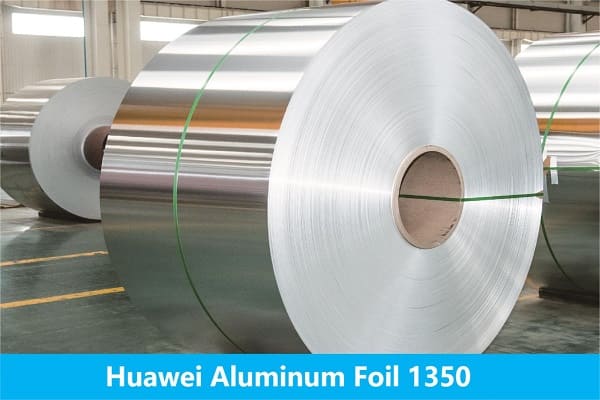
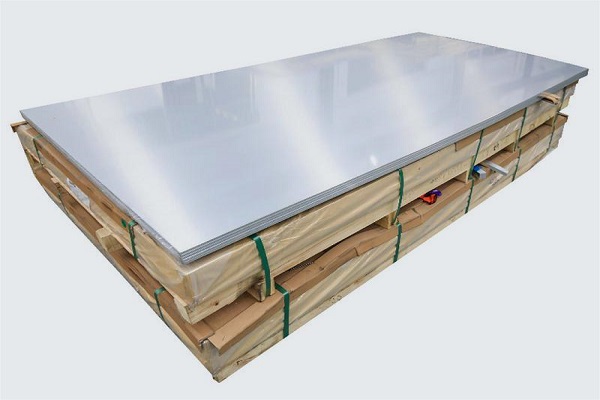
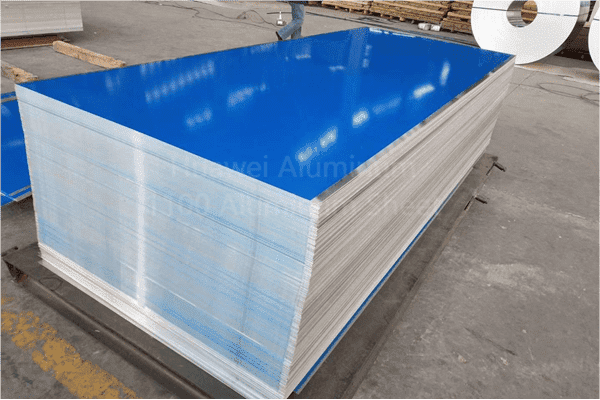
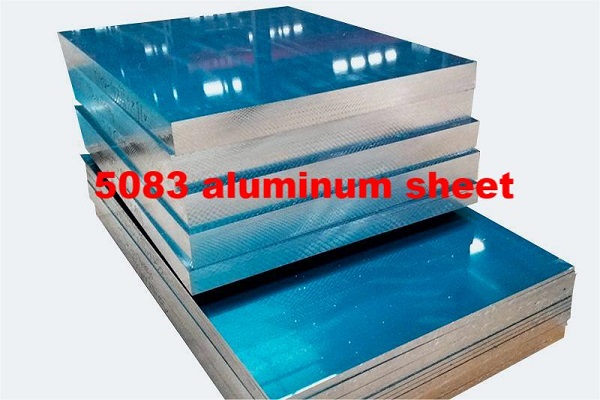
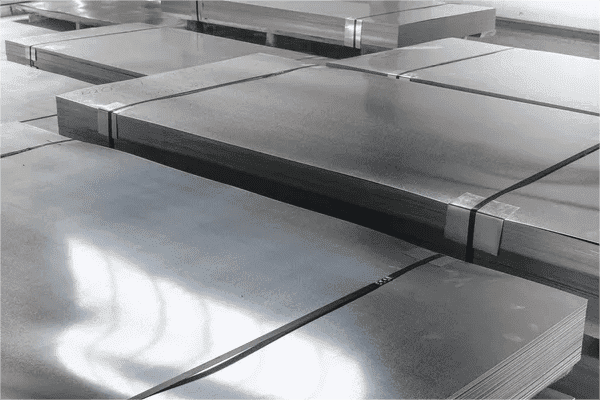
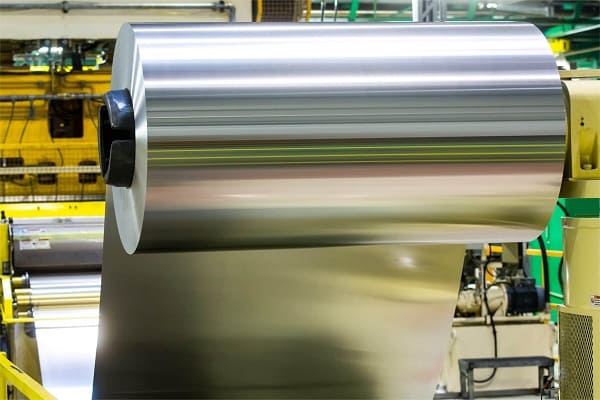



A vaiiho i te hoê pahonoraa